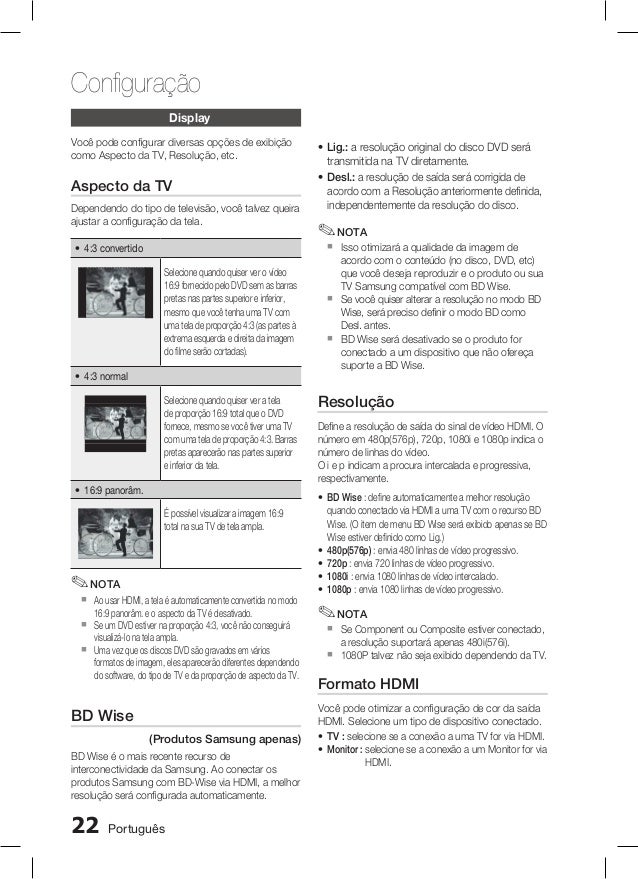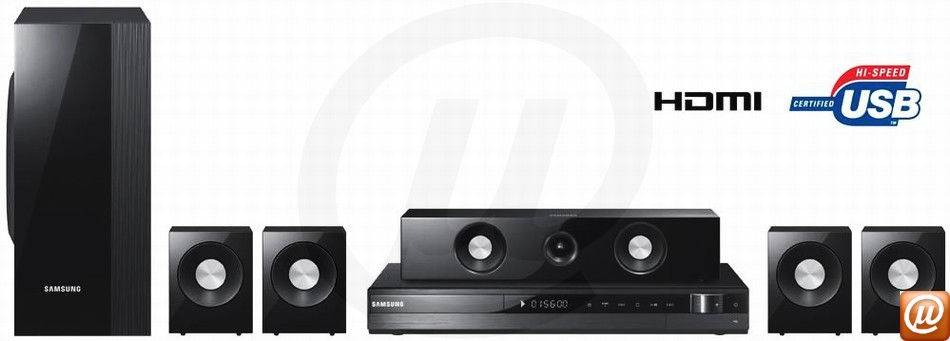Ht C350 Firmware Vs Software
Follow the instruction below to check the Firmware version of your Blu-ray Home Theatre System: Step 1: Turn on the Home Theatre System and wait for the Home menu to display. Step 2: Using the navigation keys, go to Settings then press Enter on your remote control. Step 3: Again using the navigation keys select Support and then press Enter on your remote control. Step 4: Software Upgrade is automatically highlighted, press Enter. Step 5: Under Software Upgrade, By Online is automatically highlighted. The Firmware version appears on the right hand side under Current Version (For instance, the version shown in the image below is 001053). If a new software version is available then continue with the prompts until the new version is installed.

Note: ● To check for updates select By Online and press enter. The Home Theatre System will look for a newer version of firmware. Follow the on-screen prompts to update your system. ● If By Downloaded is available (not greyed out) a new firmware version has already been downloaded but has not been installed. Select By Downloaded, and then press enter. Follow the on-screen prompts to update your system. Note: You can download the latest firmware from the Samsung website,.
(On the Support page, enter the product's model number into the search field then click the Search button. Go to Downloads tab then look for Firmware heading on the page).

- Cnc Software Freeware - Download Free Competing Advantage 2Nd Edition Ebook Software - Ht C350 Firmware Vs Software - Advent 5411 Drivers Windows Xp - Wow Wurth Keygen Download Sony - Driver Agfa Snapscan 1212U Pour Vista. Sep 26, 2017. Step 5: Under Software Upgrade, By Online is automatically highlighted. The Firmware version appears on the right hand side under Current Version (For instance, the version shown in the image below is 001053). If a new software version is available then continue with the prompts until the new version is.
In finance, a foreign exchange option (commonly shortened to just FX option or currency option) is a derivative financial instrument that gives the right but not the obligation to exchange money denominated in one currency into another currency at a pre-agreed exchange rate on a specified date.[1] See Foreign exchange derivative. The foreign exchange options market is the deepest, largest and most liquid market for options of any kind. Most trading is over the counter (OTC) and is lightly regulated, but a fraction is traded on exchanges like the International Securities Exchange, Philadelphia Stock Exchange, or the Chicago Mercantile Exchange for options on futures contracts. The global market for exchange-traded currency options was notionally valued by the Bank for International Settlements at $158.3 trillion in 2005 For example, a GBPUSD contract could give the owner the right to sell?1,000,000 and buy $2,000,000 on December 31. In this case the pre-agreed exchange rate, or strike price, is 2.0000 USD per GBP (or GBP/USD 2.00 as it is typically quoted) and the notional amounts (notionals) are?1,000,000 and $2,000,000.
This type of contract is both a call on dollars and a put on sterling, and is typically called a GBPUSD put, as it is a put on the exchange rate; although it could equally be called a USDGBP call. If the rate is lower than 2.0000 on December 31 (say 1.9000), meaning that the dollar is stronger and the pound is weaker, then the option is exercised, allowing the owner to sell GBP at 2.0000 and immediately buy it back in the spot market at 1.9000, making a profit of (2.0000 GBPUSD? 1.9000 GBPUSD)? Ammayi Kapuram Serial Last Episode there. 1,000,000 GBP = 100,000 USD in the process. If instead they take the profit in GBP (by selling the USD on the spot market) this amounts to 100,000 / 1.9000 = 52,632 GBP. Although FX options are more widely used today than ever before, few multinationals act as if they truly understand when and why these instruments can add to shareholder value. To the contrary, much of the time corporates seem to use FX options to paper over accounting problems, or to disguise the true cost of speculative positioning, or sometimes to solve internal control problems.
The standard clich? About currency options affirms without elaboration their power to provide a company with upside potential while limiting the downside risk. Options are typically portrayed as a form of financial insurance, no less useful than property and casualty insurance. Cfa Level 1 Sample Test Papers.
This glossy rationale masks the reality: if it is insurance then a currency option is akin to buying theft insurance to protect against flood risk. The truth is that the range of truly non-speculative uses for currency options, arising from the normal operations of a company, is quite small. In reality currency options do provide excellent vehicles for corporates' speculative positioning in the guise of hedging. Corporates would go better if they didn't believe the disguise was real.
Let's start with six of the most common myths about the benefits of FX options to the international corporation -- myths that damage shareholder values. Historically, the currency derivative pricing literature and the macroeconomics literature on FX determination have progressed separately. In this Chapter I argue the joint study of these two strands of literature and give an overview of FX option pricing concepts and terminology crucial for this interdisciplinary study. I also explain the three sources of information about market expectations and perception of risk that can be extracted from FX option prices and review empirical methods for extracting option-implied densities of future exchange rates. As an illustration, I conclude the Chapter by investigating time series dynamics of option-implied measures of FX risk vis-a-vis market events and US government policy actions during the period January 2007 to December 2008. Chapter 2: This Chapter proposes using foreign exchange (FX) options with different strike prices and maturities to capture both FX expectations and risks.
We show that exchange rate movements, which are notoriously difficult to model empirically, are well-explained by the term structures of forward premia and options-based measures of FX expectations and risk. Although this finding is to be expected, expectations and risk have been largely ignored in empirical exchange rate modeling.
Using daily options data for six major currency pairs, we first show that the cross section options-implied standard deviation, skewness and kurtosis consistently explain not only the conditional mean but also the entire conditional distribution of subsequent currency excess returns for horizons ranging from one week to twelve months. At June 30 and September 30, the value of the portfolio was?1,050,000. Note, however, that the notional amount of Ridgeway's hedging instrument was only?1,000,000.
Therefore, subsequent to the increase in the value of the pound (which is assumed to have occurred on June 30), a portion of Ridgeway's foreign currency exchange risk was not hedged. For the three-month period ending September 30, exchange rates caused the value of the portfolio to decline by $52,500. Of that amount, only $50,000 was offset by changes in the value of the currency put option.
The difference between those amounts ($2,500) represents the exchange rate loss on the unhedged portion of the portfolio (i.e., the 'additional'?50,000 of fair value that arose through increased share prices after entering into the currency hedge). At June 30, the additional?50,000 of stock value had a U.S. Dollar fair value of $45,000.
At September 30, using the spot rate of 0.85:1, the fair value of this additional portion of the portfolio declined to $42,500. Ridge way will exclude from its assessment of hedge effectiveness the portion of the fair value of the put option attributable to time value. That is, Ridgeway will recognize changes in that portion of the put option's fair value in earnings but will not consider those changes to represent ineffectiveness.
Aitan Goelman, the CFTC’s Director of Enforcement, stated: “The setting of a benchmark rate is not simply another opportunity for banks to earn a profit. Countless individuals and companies around the world rely on these rates to settle financial contracts, and this reliance is premised on faith in the fundamental integrity of these benchmarks. The market only works if people have confidence that the process of setting these benchmarks is fair, not corrupted by manipulation by some of the biggest banks in the world.” The Commission finalized rules to implement the Dodd-Frank Wall Street Reform and Consumer Protection Act regarding Regulation of Off-Exchange Retail Foreign Exchange Transactions and Intermediaries. The Commission also finalized Conforming Changes to existing Retail Foreign Exchange Regulations in response to the Dodd-Frank Act. Additional information regarding these final rules is provided below, including rules, factsheets, and details of meetings held between CFTC Staff and outside parties.